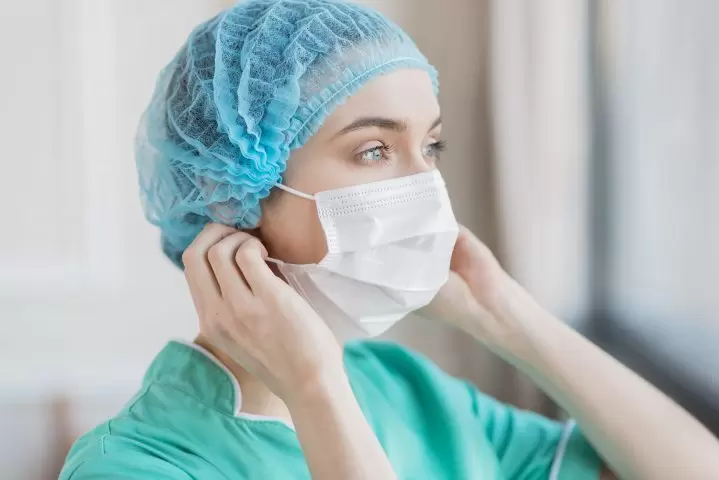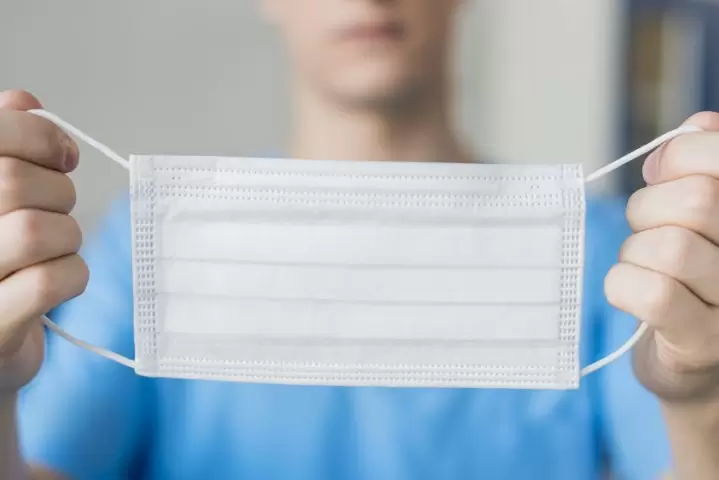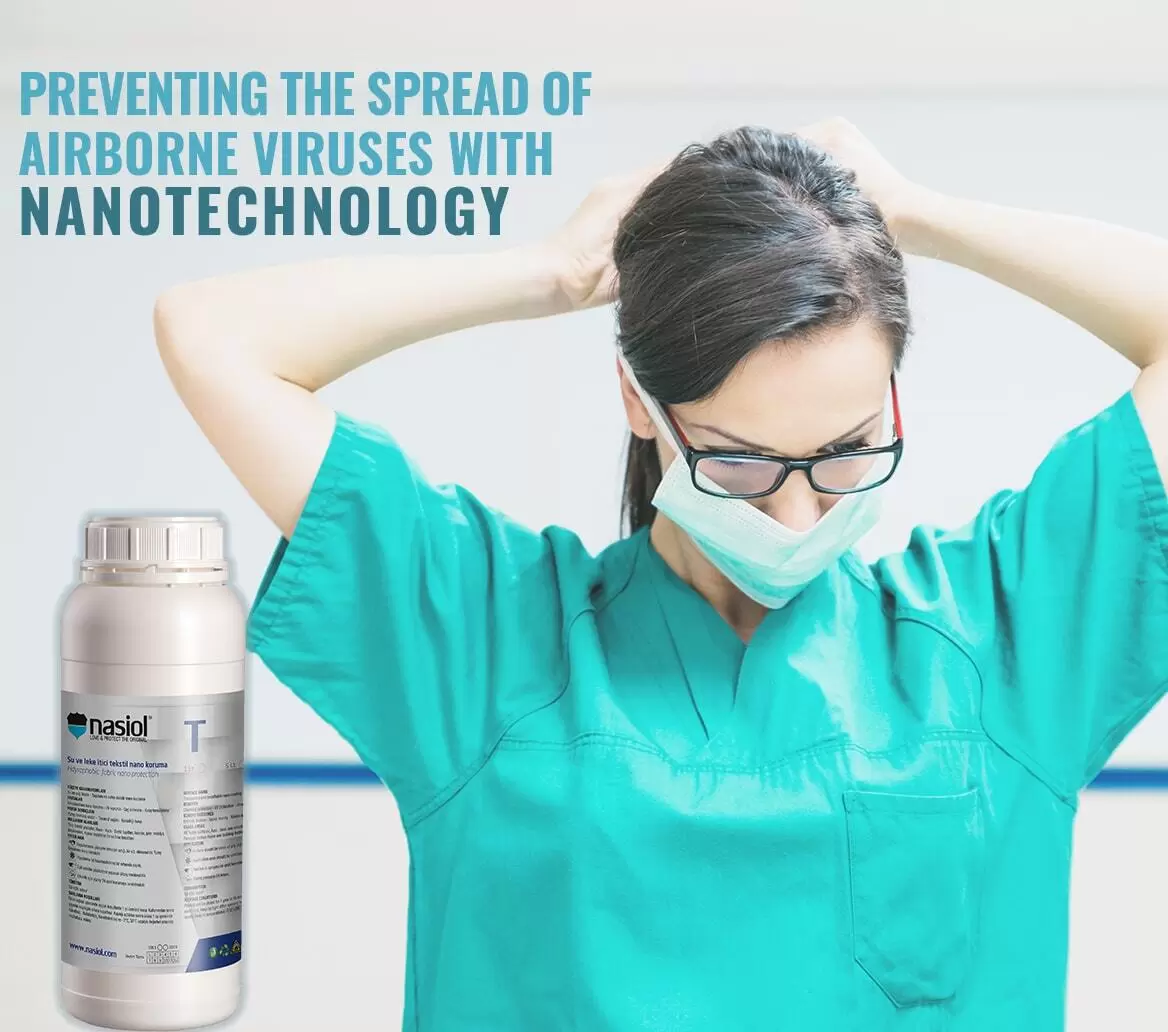Preventing the spread of dangerous illness causing particles such as Covid-19 has become the mission of governmental agencies and private companies over the past several months.
Since viruses like Covid-19 spread rapidly in various ways, new effective methods are needed to curve the spread of the viruses and the germs.
In addition to current medical trials for a cure or prevention for the Covid-19, organizations are also looking at using nanotechnology as a solution in preventing the spread of dangerous microorganisms.

The medical personnel, who most exposed to the dangerous invisible elements of not just Covid-19 but various other diseases, are always at risk of getting infected with a virus or bacteria.
The most common protection the medical professionals use to combat airborne illnesses is with Personal Protection Equipment (PPE). In the medical field, these consist of face masks, gowns, and head cap.
All of the protection can be disposable, one-time-use it, and throw it away, or the ones that are fabric base that can be worn multiple times with proper cleaning.
In addition to masks, gowns, and head caps, shoe covers also considered being part of PPE because footwear can also get in contact with bodily fluids from patients.
In a coronavirus world that we live in, personal protection equipment has become a necessity even for the patients as well in many health care clinics and hospitals around the globe, patients required to wear PPE before they can be treated for services.
To summarize, the purpose of PPE is not to look good and have uniformity in the workplace, but instead, it is designed to protect our clothing and our bodies from getting exposed to dangerous elements.
The role of PPE does vary from industry to industry, and every sector does have its requirement of how to protect individuals from any harm that can be caused by our surrounding environment.
In addition to masks, there are other must be worn personal protective equipment such as gowns. These gowns, along with medical masks, are prone to get contaminated at a fast rate. The usage of these materials has increased ever since the start of the Coronavirus outbreak, and it is showing no signs of stopping when the number of users of these items would decrease.
A gown protects the individual and its clothing from getting contaminated.
In the age of Covid-19, these are fluid resistant enough to keep body fluids away from clothing for a short period. They are used for the care of patients on contact precautions and splash-generating procedures. May be disposable or non-disposable.
How to Protect Gowns & Masks Using Nanotechnology?

Nasiol T textile waterproofing liquids works by forming a layer on any textile surface, and after the appropriate curing time, the layer prevents any liquid particles from sticking onto the surface.
When an individual sneezes or coughs, the unseen microscopic liquid particles that can potentially be harmful to human health becomes airborne and can get stuck on the surface of clothing and other surrounding areas. Furthermore,
the health care workers and individuals who are prone to getting exposed to and working in dangerous conditions, the ability to ward off any hazardous elements become essential.
In the age of coronavirus, preventing particles that can be transferred by coughing or sneezing, not to remain on the surface of masks or gowns, can potentially prevent the transmission of hazardous microorganisms, which in turn can save lives.
The purpose of personal protective equipment in the medical field is to ensure safety to medical personnel from the unseen microscopic dangers.
The covid-19 outbreak has taught the human race many lessons concerning personal health and safety. The situations that once taken for granted have become a daily routine for the most.
In our workplaces, not only in a hospital setting, the protective equipment that employees must use should serve one purpose and one purpose only, and that is to protect from dangerous elements. Adding extra additives such as Nasiol T is designed to add a level of security to the already present safety measures.
